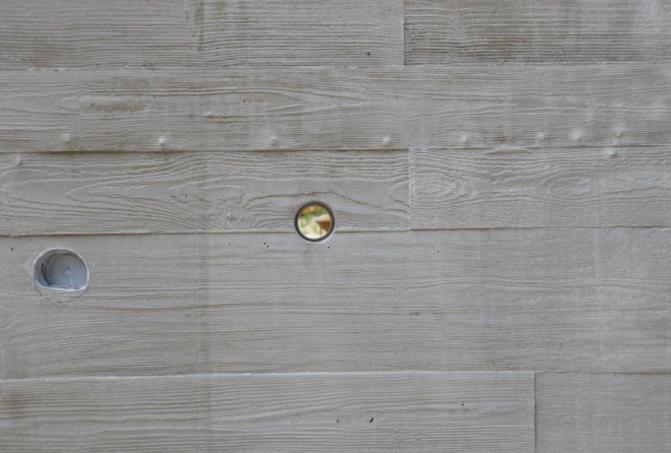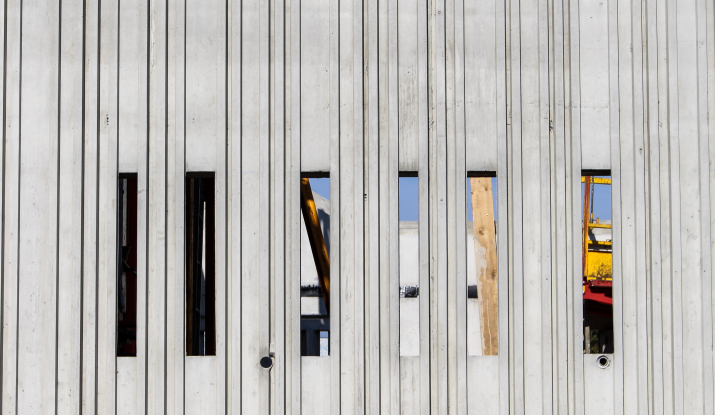FPC walls: expressing creativity
For some years now, architects have been putting concrete back in pride of place in architectural projects. Far removed from its cold 1970s image, concrete is now highly appreciated for its technical performance and aesthetic qualities. Béton Vicat proposes a 'formliner-patterned concrete' finish that opens doors for you to express your creativity.

Concrete is considered to be 'liquid stone'. Its technical performance makes it indispensable for construction. And it also has aesthetic properties in that it can assume different shapes and colors. Formliner-patterned concrete is one such possibility.
You are probably aware of the texturing achieved on fresh concrete such as exposed-aggregate, brushed, or stamped finishes, and texturing of hardened concrete by sand blasting or bush hammering. But did you know about the formliner-patterning technique.
All kinds of concrete can be patterned in this way, even the most technically advanced such as our Défi-Thermicat range (insulating structural concrete) since all mechanical properties remain intact. The FPC technique is often used for the walls of collective-housing buildings, and also in the commercial sector. It involves placing textured formliners inside the forms used to build the walls; the surface of the concrete poured into the forms is thus shaped by the formliners. Since the range of patterned formliners is practically unlimited in terms of both patterns and materials, creative possibilities are endless.




